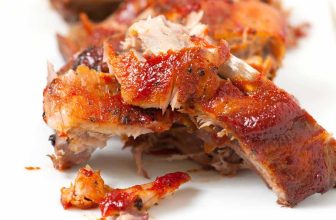Rice Basmati Cooking
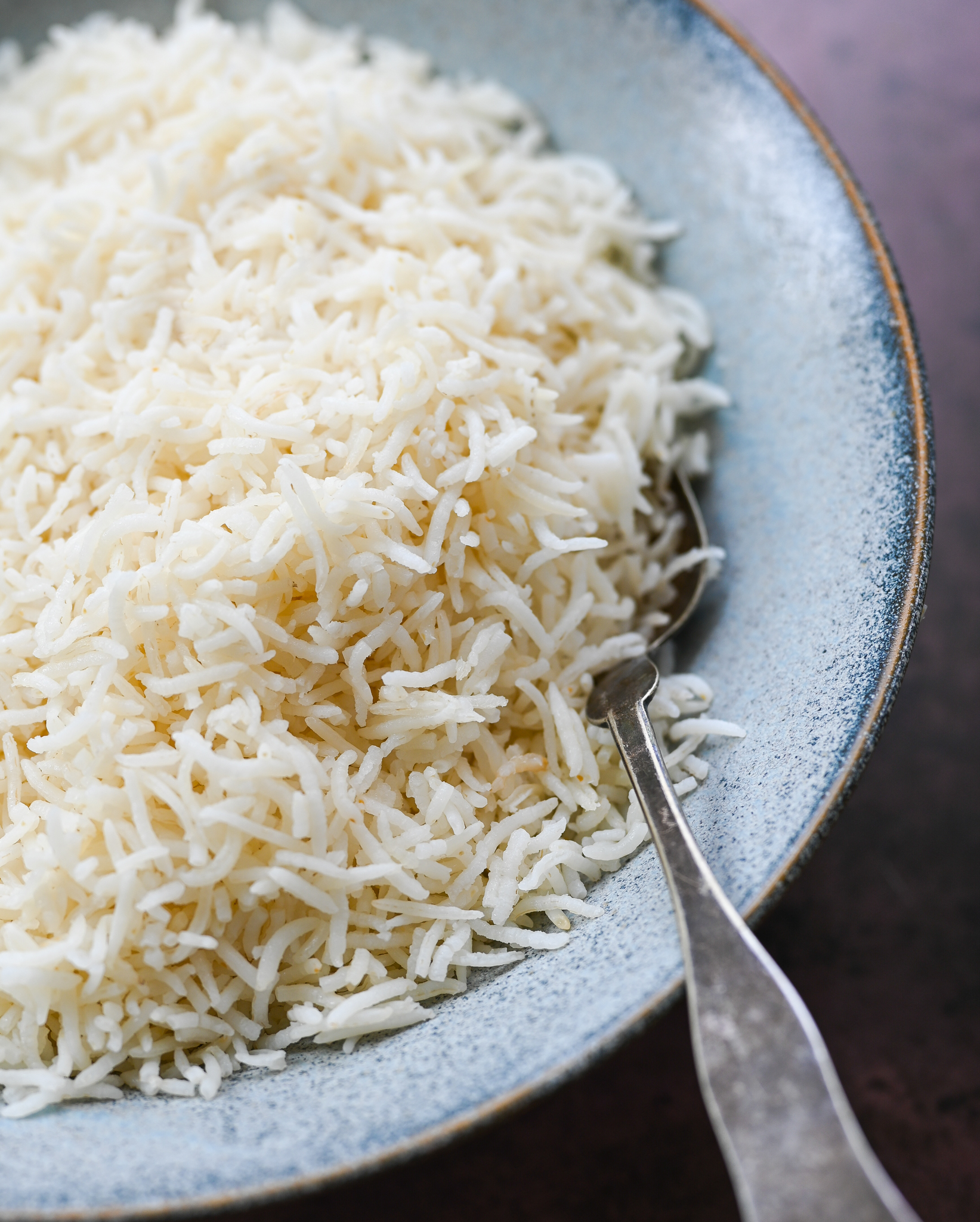
Rice Basmati cooking. To cook Basmati rice, rinse 1 cup rice, add 1.5 cups water, bring to boil, then simmer for 15 minutes. Cooking Basmati rice is a simple yet essential skill for anyone who loves Indian cuisine or wants to add a touch of elegance to their meals.
Known for its long, slender grains and delightful aroma, Basmati rice is a staple in many households. Whether you are a novice cook or an experienced chef, mastering the art of cooking Basmati rice will elevate your dishes to a whole new level.
We will explore the step-by-step process of cooking Basmati rice to perfection, along with some tips and tricks to ensure that every grain is fluffy and flavorful. Let’s dive into the world of Basmati rice and discover the secrets to cooking it like a pro.
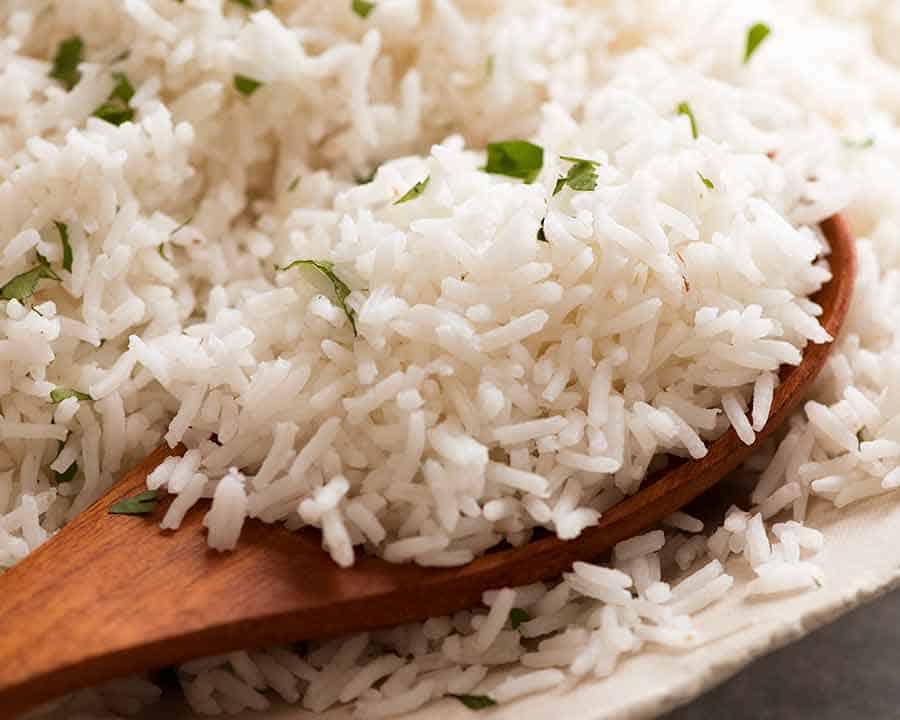
The Essence Of Basmati Rice
Origins and CharacteristicsBasmati rice, known for its delicate aroma and long, slender grains, has a rich history originating in the Indian subcontinent. Its name, derived from the Sanskrit word “vasmati” meaning fragrant, perfectly captures its aromatic profile. With grains that elongate and separate when cooked, basmati rice offers a unique texture and flavor experience. Its distinctive fragrance can be attributed to the presence of a chemical compound called 2-acetyl-1-pyrroline, which is responsible for the nutty and floral notes. Aromatic Profile and Flavor DistinctionsWhen cooked, basmati rice releases a pleasant aroma that fills the kitchen, enticing the senses. The flavor is subtle, with a hint of sweetness and a delicate nuttiness that complements a wide range of dishes. |
Selecting The Best Basmati Rice
Discovering the best Basmati rice involves considering the rice’s aroma, length, and texture to elevate your cooking experience. Choose Basmati rice that is long-grain, fragrant, and known for its fluffy and separate grains when cooked to perfection.
| Selecting the Best Basmati Rice |
|---|
| When it comes to selecting the best basmati rice, two factors that matter most are grain quality and purity. To ensure grain quality, look for long, slender grains that stay separate after cooking. Purity, on the other hand, refers to the absence of any foreign matter or impurities in the rice. It’s recommended to buy rice from a reputed brand or a trusted supplier to ensure purity. |
| Aged Basmati: Worth the Wait? |
| Aged basmati rice is known for its distinct aroma, flavor, and texture. The aging process involves storing the rice for a minimum of 12 months, allowing it to lose moisture and develop a nutty flavor. While aged basmati rice is more expensive than regular basmati, many consider it worth the wait and cost. It’s important to note that not all aged rice is of high quality, so make sure to check the brand and age of the rice before purchasing. |
Preparation Secrets Before Cooking
Rice preparation is crucial before cooking. Rinsing the rice is essential to remove excess starch. Soaking the rice is also important to ensure even cooking.
Cooking Methods Explored
Explore the delicious world of Basmati rice cooking with a variety of methods like boiling, steaming and absorption. Each method brings out different textures and flavors, making Basmati rice a versatile ingredient for any cuisine.
| Rice cooked on stovetop is simple and quick. | Rice cooker ensures perfect Basmati every time. |
Perfecting Water-to-rice Ratios
To achieve perfectly cooked Basmati rice, it is essential to get the water-to-rice ratio right. For fluffy rice, the ideal ratio is 1:1.5, which means one cup of rice requires one and a half cups of water. However, this measurement may vary depending on the type of rice and the desired consistency. If you live in a high-altitude region, you may need to increase the water quantity by a quarter cup for every cup of rice. Always measure the rice and water accurately to ensure the best results.
| Measurements for Fluffiness | Adjustments for Altitude |
|---|---|
| 1 cup rice | Add 1.25 cups of water |
| 2 cups rice | Add 3 cups of water |
| 3 cups rice | Add 4.5 cups of water |
The Role Of Spices And Herbs
Enhance the flavor of Basmati rice with a blend of aromatic spices and herbs. Elevate your rice dish with cumin, cardamom, and fresh cilantro for a delightful culinary experience. Enjoy a fragrant and flavorful meal with this simple yet impactful cooking technique.
| Rice Basmati Cooking |
| The Role of Spices and Herbs |
| Enhancing Flavor Naturally |
| Classic Spice Combinations |
Using spices and herbs elevates rice basmati flavor effortlessly. Classic combinations like cumin and coriander bring depth. Turmeric adds color and a subtle earthy taste. Try cinnamon and cardamom for a sweet aroma.
Troubleshooting Common Cooking Issues
When cooking basmati rice, it’s important to avoid sogginess. To prevent this, make sure to rinse the rice thoroughly before cooking. This helps remove excess starch that can lead to a mushy texture.
If you’re combatting undercooked grains, try soaking the rice for 30 minutes before cooking. This can help the grains cook more evenly and thoroughly. Additionally, make sure to use the correct ratio of water to rice and allow the rice to steam for a few minutes after cooking to ensure it’s fully done.
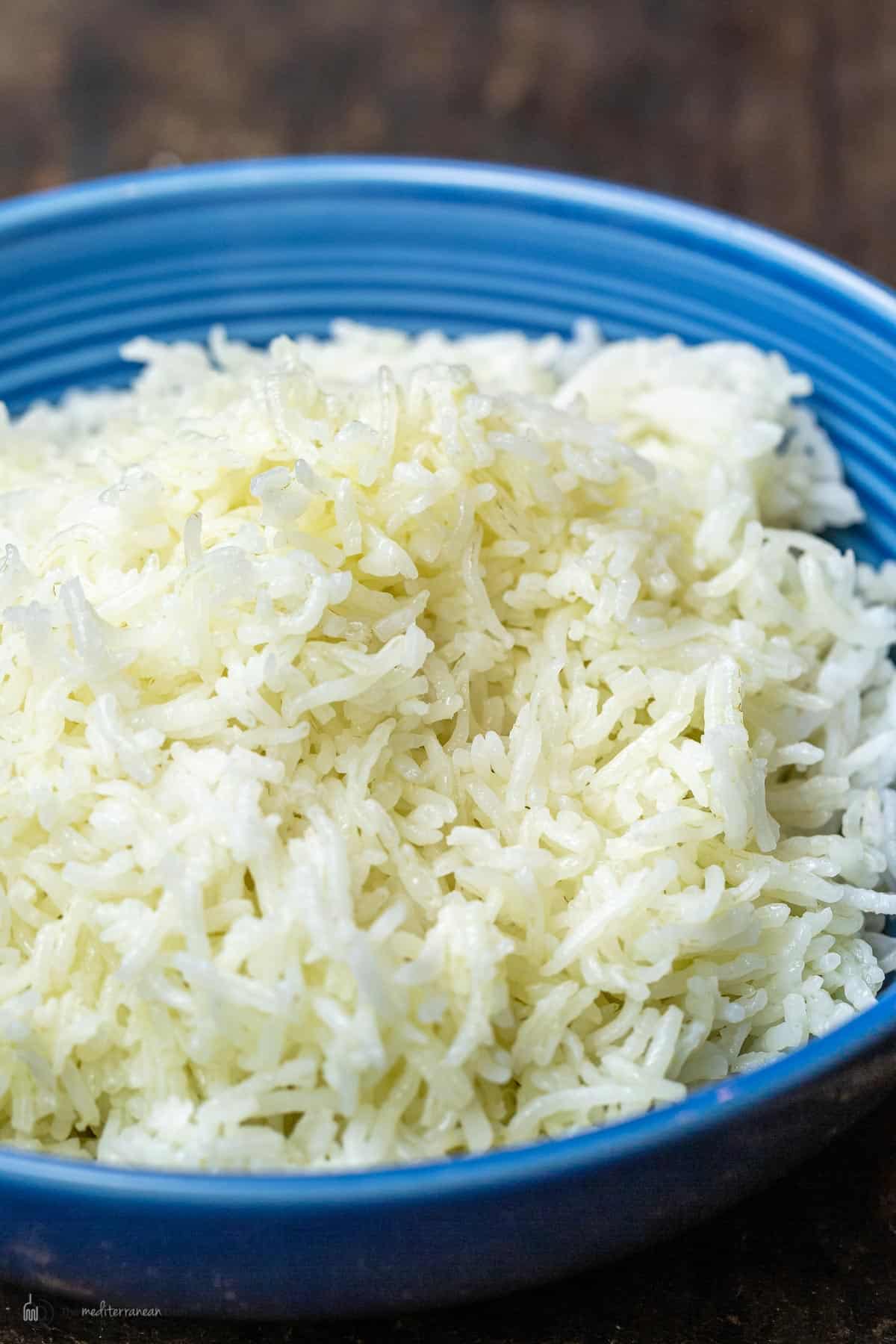
Serving Suggestions And Pairings
When serving basmati rice, it pairs perfectly with a variety of complementary dishes. Consider serving it alongside flavorful curries, such as butter chicken or vegetable korma, to create a well-rounded culinary experience. Additionally, grilled or roasted meats, like tandoori chicken or lamb kebabs, complement the delicate flavors of basmati rice. Moreover, pairing it with lentil dishes, such as dal tadka or dal makhani, adds a satisfying element to the meal. In addition, consider incorporating fresh salads or raita as refreshing accompaniments. By combining basmati rice with these complementary dishes, you can create a diverse and satisfying dining experience.
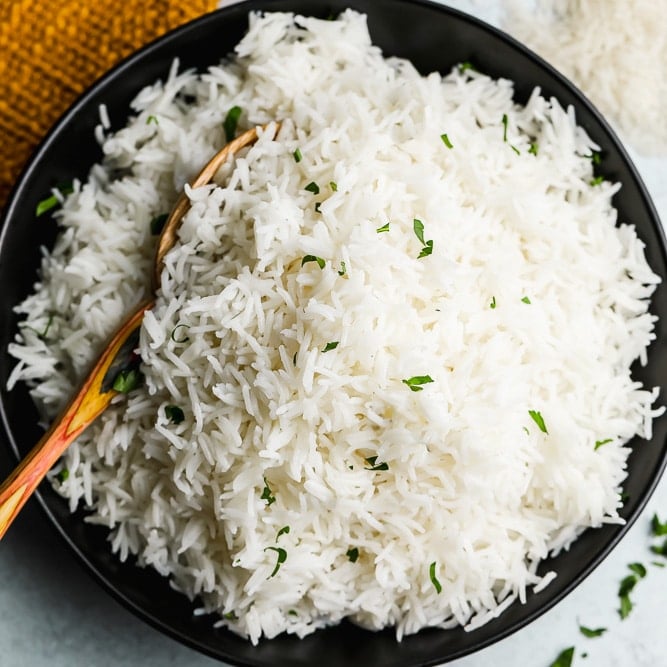
Frequently Asked Questions
How Much Water Do I Need For 1 Cup Of Basmati Rice?
For 1 cup of basmati rice, use 1. 5 cups of water. This ratio ensures fluffy and separate grains.
What’s The Best Way To Cook Basmati Rice?
The best way to cook basmati rice is to rinse it thoroughly, soak it for at least 30 minutes, and then cook it in a pot with a ratio of 1:1. 5 rice to water. Bring it to a boil, cover it, and simmer for 18-20 minutes.
Let it sit for 5 minutes before fluffing it with a fork.
Do You Cook Basmati Rice The Same As Regular Rice?
Yes, you cook basmati rice the same way as regular rice. Rinse the rice, add water in a 1:2 ratio, bring it to a boil, then reduce heat and let it simmer for 15-20 minutes. Fluff the rice with a fork before serving.
Enjoy!
Is It Necessary To Soak Basmati Rice?
Soaking basmati rice is not necessary, but it can enhance the cooking process. Soaking the rice for about 30 minutes before cooking helps to soften the grains and allows for more even cooking. This results in fluffy and perfectly cooked rice.
Conclusion
Incorporating Basmati rice into your cooking repertoire can elevate your culinary experience. Experiment with different cooking methods to achieve perfect fluffy grains. Remember to rinse the rice before cooking for optimal results. Enjoy the versatility and aroma of Basmati rice in your dishes.





